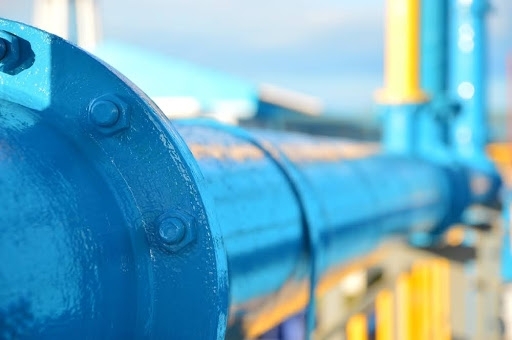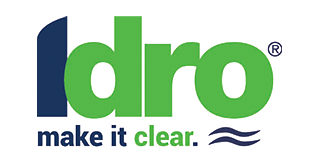The main causes of water loss in Italy
As highlighted by Fondazione Openpolis, based on ISTAT data, “Italy stands out as the EU country that withdraws the most potable water, equal to 156 cubic meters per capita per year. However, much of this water is lost before reaching citizens’ homes. Losses can occur between withdrawal, introduction, and distribution in municipal water networks.”
In particular, “these losses are significant and increasing across the country. Focusing on final losses—that is, the percentage of potable water lost out of the total volume introduced into distribution networks—in Italy in 2015 it amounted to 41.4% of the total. That’s water that doesn’t reach citizens’ homes. This figure increased from 37.4% in 2012, showing ongoing neglect of an issue that urgently needs to be addressed.”
But how does all this water get “lost”? Water losses in Italy are mainly of two types:
- Physical losses, due to pipe breaks, faulty joints, material corrosion, or structural failures.
- Apparent losses, related to measurement errors, lack of metering, or unauthorized withdrawals.
In many areas, Italy’s water network consists of pipes installed more than 50 years ago, built with materials that no longer meet modern standards. Additionally, the lack of digital monitoring systems makes it difficult to detect leaks in real time, which are often discovered only after long periods.
Another factor is the absence of a unified national strategy for water efficiency: fragmented management and inconsistent interventions help keep the loss rate high.






